2 must-do day trips in New Zealand
Walking & wining on Waiheke Island – Cruising & walking Milford Sound:
Self-guided vs. guided
As to the mentioned trips to Waiheke Island and Milford Sound, we thought that the former can be explored self-guided by doing a walk and visiting a winery. If you rather feel like seeing different parts of the island or going to several wineries, a tour might suit you more.
With regard to Milford Sound, the situation is different because of its remote location. It is about two hours driving form the nearest town – Te Anau, where we stayed. And the highway leading to it tends to be quite busy during summer. Second, I wanted to give my husband a break from the constant self-driving. And third, the usual tour here is not “really guided”. You are on your own on the boat and later when doing a medium-length walk. For all these reasons, we opted for a guided tour for our visit to Milford Sound, mostly for convenience.
Waiheke Island (from Auckland)
General
The island is located off the coast of the North Island and can be reached from Downtown Auckland.
From Waiheke’s Matiatia wharf there are regular ferry services (provided by Fullers) that get you to Waiheke Island in about 40 minutes.
Waiheke is the second-largest island in the Hauraki Gulf of New Zealand and the most populated one. It has a surface area of 92 km2 (36 sq. mi) and is quite hilly.
In terms of climate, compared to Auckland, it receives more hours of sunshine and less rain. And it is slightly warmer and less humid. One can therefore speak of a preferred (balmy) climate, at least in relation to the neighboring area. Due to this fact, Waiheke is well-suited for growing wine. It has even become New Zealand’s “island of wine”.
Out of the many wineries onsite, my husband and I chose to visit one of the better-known, Mudbrick Vineyard,
as it also provides restaurant services. You find more on this later on.
As to other activities than wine-tasting, if you are into walking, as we are, there is a myriad of trails. They are along cliff tops, down to beaches and also through native forests. Read more about a recommended medium-length walk starting right by the ferry that we took in the next paragraph.
If you want to be by the sea, you can make use of the beautiful white sandy beaches, e.g. Oneroa beach. This is one of the best and also well accessible from Matiatia wharf. It offers options for swimming, kayaking or just relaxing. You can also combine walking and being on the beach by doing the walk I am going to present to you. This one passes the above-mentioned beach.
Of course, you can also hire a bicycle or a scooter or even opt for a tour, e.g. an explorer hop-on hop-off bus tour or a winery tour.
Walk Waiheke
Four days are needed to complete the trail, involving six to eight hours walking per day. If you want to this self-guided multi-day adventure, go to the website iWalkWaiheke to check out the package they offer (including accommodation, breakfast, other meals/food and support).
Please note that some parts of Te Ara Hura are temporarily closed but the track can still be walked, although it currently is only about 85 km (53 miles).
If you visit Waiheke just for the day and have a shorter walk in mind – as we had -, then I have a suitable suggestion for a moderate three-hour walk, starting just at the ferry wharf.
A good way to get a first taste of Waiheke is to do a round trip that begins right when leaving the ferry building, going to Oneroa, then on to Blackpool, further to Church Bay and via Te Miro Bay back to the Matiatia wharf. Along the way, you pass woodland, great beaches, sleepy villages and wonderful cliff-tops.
When you have left behind the Matiatia wharf, turn right onto Oceanview Road. Before the carpark on the right side, turn right into a small path along the water. When you arrive in the forest, take the first turn to the left und follow the trail – always more or less parallel to the Oceanview Road – until the way ends and joins the Oceanview Road just before reaching Oneroa Village.
Stroll through the charming village, Waiheke’s main township with many shop and restaurant options. Down one of the pathways from the main street you will find the white sands of the stunning Oneroa Beach, the north facing main beach here.
After spending some time here, enjoying the clear waters of Oneroa Bay, continue along the water towards Little Oneroa Bay.
When reaching Moa Avenue, take this road to its end, getting to the south-facing counterpart of Oneroa Beach, Blackpool Beach.
Turn right into the Esplanade and continue along the water until the path ends. Then attack the ascent – first on a path, later on a street – to the second intersection where you find the Church Bay Road.
Turn left on it and continue until Mudbrick Restaurant and Vineyard is signposted just about ten minutes later. Either take a lunch break here – as my husband and I did, see later on –
or go on until you find a sign indicating the direction of Church Bay.
When we were here in November 2018, the way from Church Bay towards Te Miro Bay was closed, so we had to turn around and walk along Church Bay Road until Nick Johnston Drive, which we had to follow to its end to reach the hiking path along the water (via Church Bay Esplanade)! Check out the Auckland Council website to find out whether the track ist still closed.
Finally back on the coastal track and on our way to Matiatia wharf, we enjoyed probably the most picturesque stretch of this trail, boasting fabulous coastal headlands with million dollar views, quite hilly at times but totally worth it!
Wine & food at Mudbrick Vineyard & Restaurant
As mentioned before, my husband and I stopped at Mudbrick Winery to have a small lunch. The place is very popular, when walking up the nice driveway, we were already overhauled by the first busload of visitors and others followed later on. Once arrived at the top, I understand the reason for it. Grounds are beautiful and views are galore. What a great place, a Provence style building made of mud bricks – of course – and a topiary-filled garden!
On offer here are wine tastings, vineyard tours and two restaurants, a fine dining establishment and a bistro. As we only wanted to have a little something to eat, we made ourselves comfortable at a table in the garden of the Archive Bar and Bistro and ordered a glass of wine accompanied by focaccia and olives, what a nice break!
Milford Sound (from Te Anau)
General
Milford Sound is part of the Fiordland National Park, which occupies the southwest corner of New Zealand’s South Island and is with an area of 12,519 km2 (4,834 sq. mi) by far the country’s largest national park. Milford Sound is not only the crowd puller amongst the fiords onsite but probably also New Zealand’s most famous tourist destination.
As you might have guessed, it is actually not a sound (formed by a river), but a fiord (carved by glaciers). It runs 16 km (10 mi) inland from the sea (the mouth of the fiord) and is surrounded by many peaks, of which the Mitre Peak (1,692 m/5,551 ft. above sea level)
is the most known one. In addition, there is a myriad of waterfalls, amongst them two permanent ones.
Another peculiarity of Milford Sound is the weather, the area is notorious for its high rainfall and this fiord is the front runner here being the wettest inhabited place in New Zealand and one of the wettest ones on Earth! But this should not keep you from visiting it, as it is said to be even more charming when it rains. When doing so, the waterfalls are even more powerful, and many other temporary ones occur.
In terms of activities, the most common one here is taking one of the boat tours which usually last 1 to 2 ½ hours. Hiking and canoeing are other options to explore the area.
Coach, cruise & walk Milford Sound (Trips & Tramps)
As already mentioned at the beginning, my husband and I decided to visit Milford Sound in a guided tour, i.e. as part of a small group day trip offered by Trips & Tramps and organized via our hotel in Te Anau.
Departure from our hotel was at 8:00 a.m. and return at 5:30 p.m. It included traveling in a small coach, a boat cruise along the full length of the fiord (2 ½ hours) and either short walks and scenic option or Key Summit option. The latter involves hiking (or tramping as they say in New Zealand) part of the Routeburn Track (a three-day walk through Fiordland and Mt Aspiring National Parks), is unguided and only available in the summer half-year.
The coach option to Milford Sound allows you also to learn more about the spectacular Milford Road (from Te Anau to Milford Sound) as the nature guide shows you all the highlights of this stunning alpine drive with occasional stops along the route.
On reaching Milford Sound, you are ushered to a comfortable boat
with lots of space and a naturalist pointing out interesting things to you. The long cruise (2 ½ hours) provides great viewing opportunities, with plenty of time available to enjoy what the fiord has to offer including wildlife (especially seals and – if you are lucky – penguins and dolphins).
On return, you have to decide on the mentioned options (short walks with the nature guide or 2 ½ hours hours walking on the Routeburn Track to Key Summit). As avid walkers, my husband and I opted for the second one. We were taken to the starting point (The Divide), given instructions and off we went together with some other tour participants. I would call this unguided walk as moderate to strenuous (elevation change 400 m/1,412 ft) and as worthwhile doing. You ascend up to lush beech rainforest before coming into alpine environment
with panoramic views of the surrounding Fiordland Mountains, alpine lakes and deep bush clad valleys.
I would recommend doing this walk although only if the weather conditions are fairly good.
Overall
The former is blessed with a warm climate and features emerald water bashing the cliffs on the landward side as well as stunning sandy beaches on the ocean one, along with its boutique wineries.
Milord Sound is arguably one the most scenic destinations in New Zealand and can be easily done from the main gateway of Te Anau. The fiord scenery that one encounters here is guaranteed to leave you awe-struck.
Date of visit: November 2018

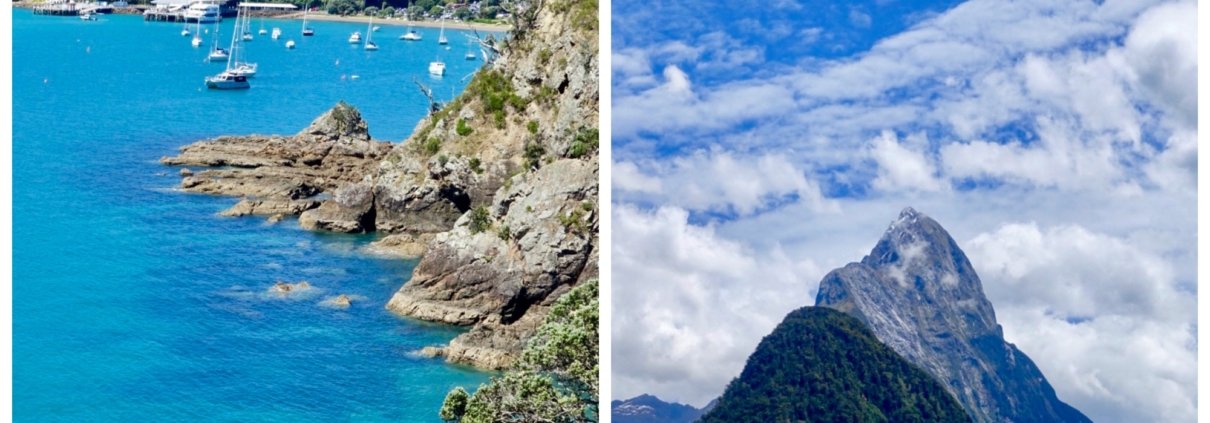
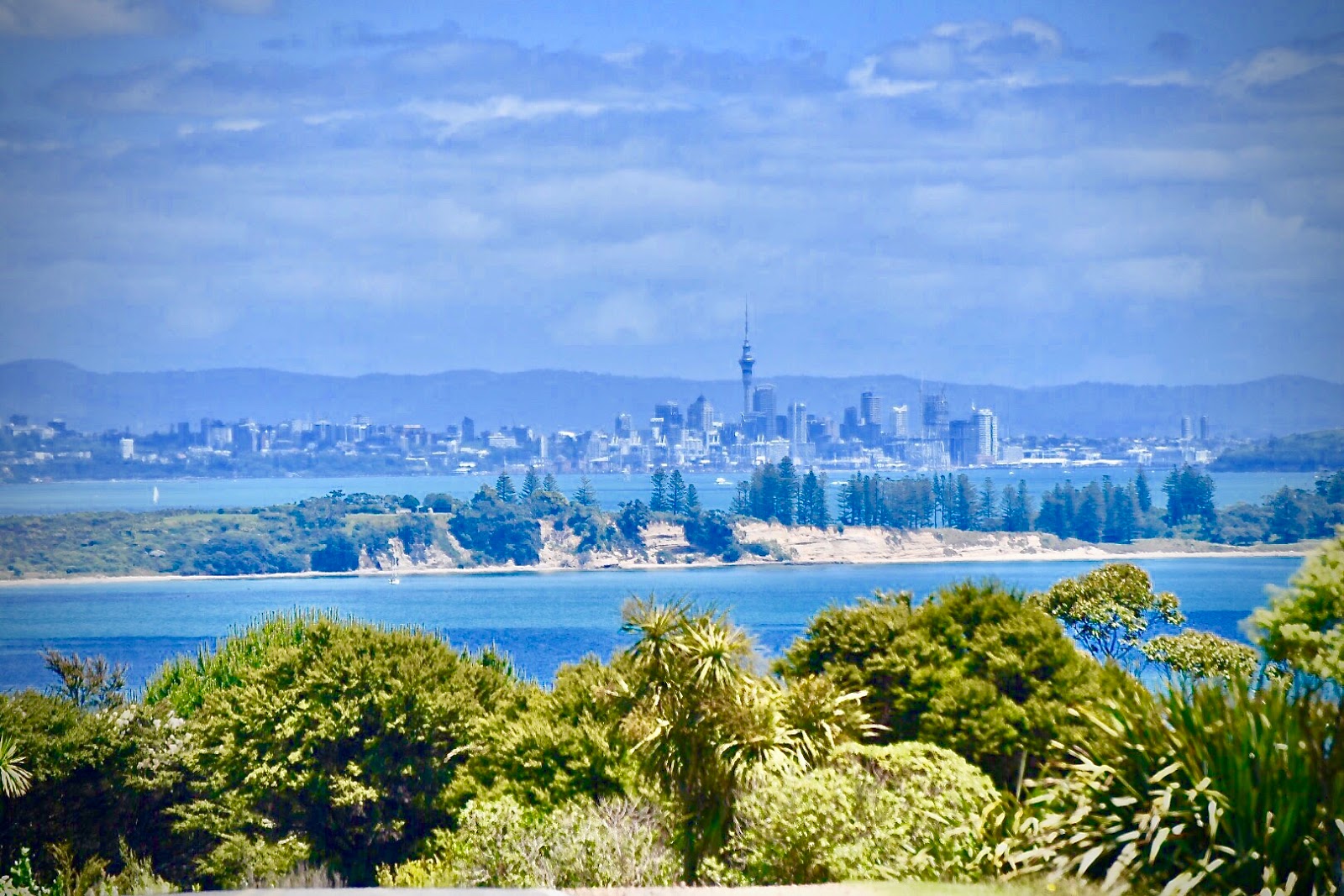

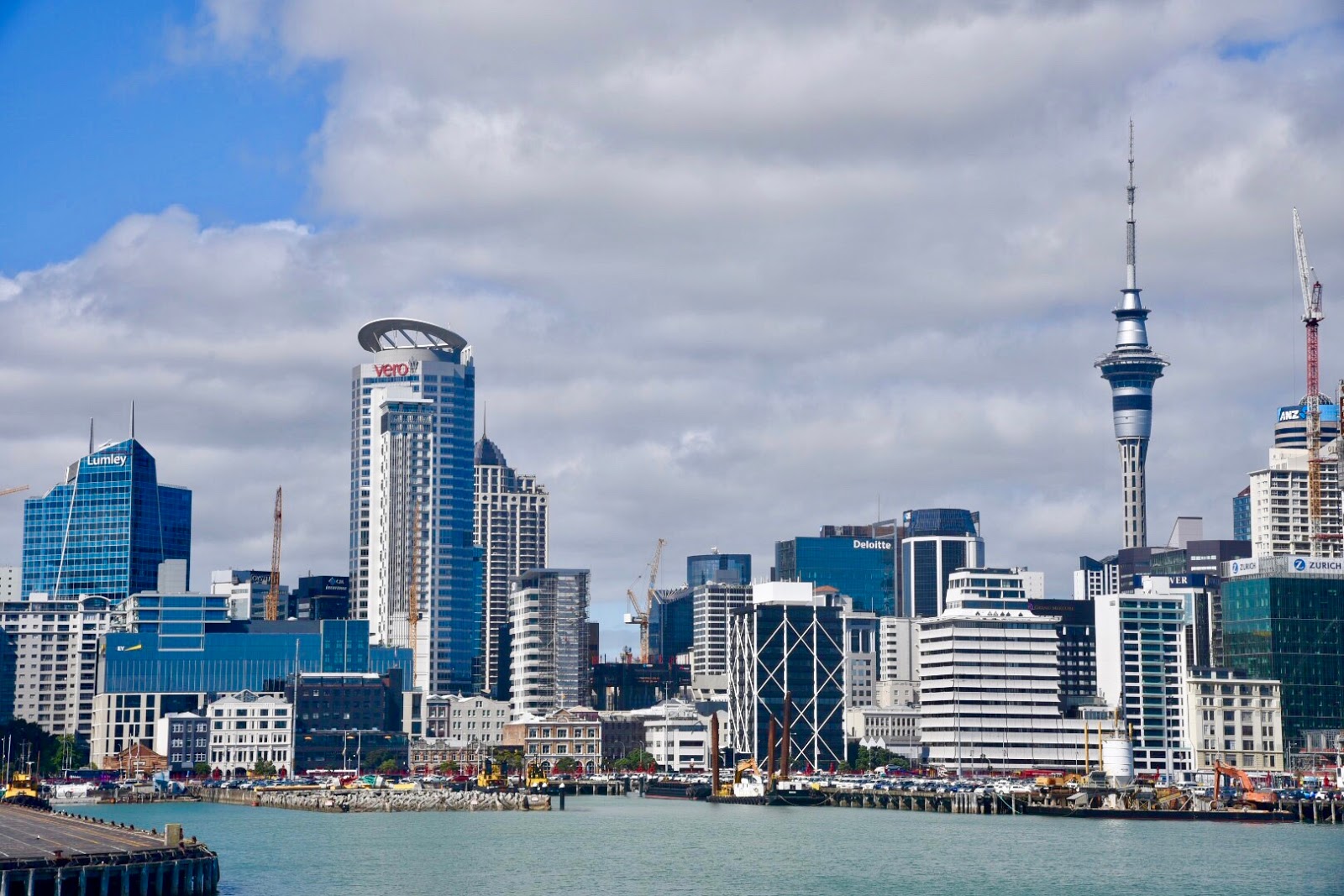
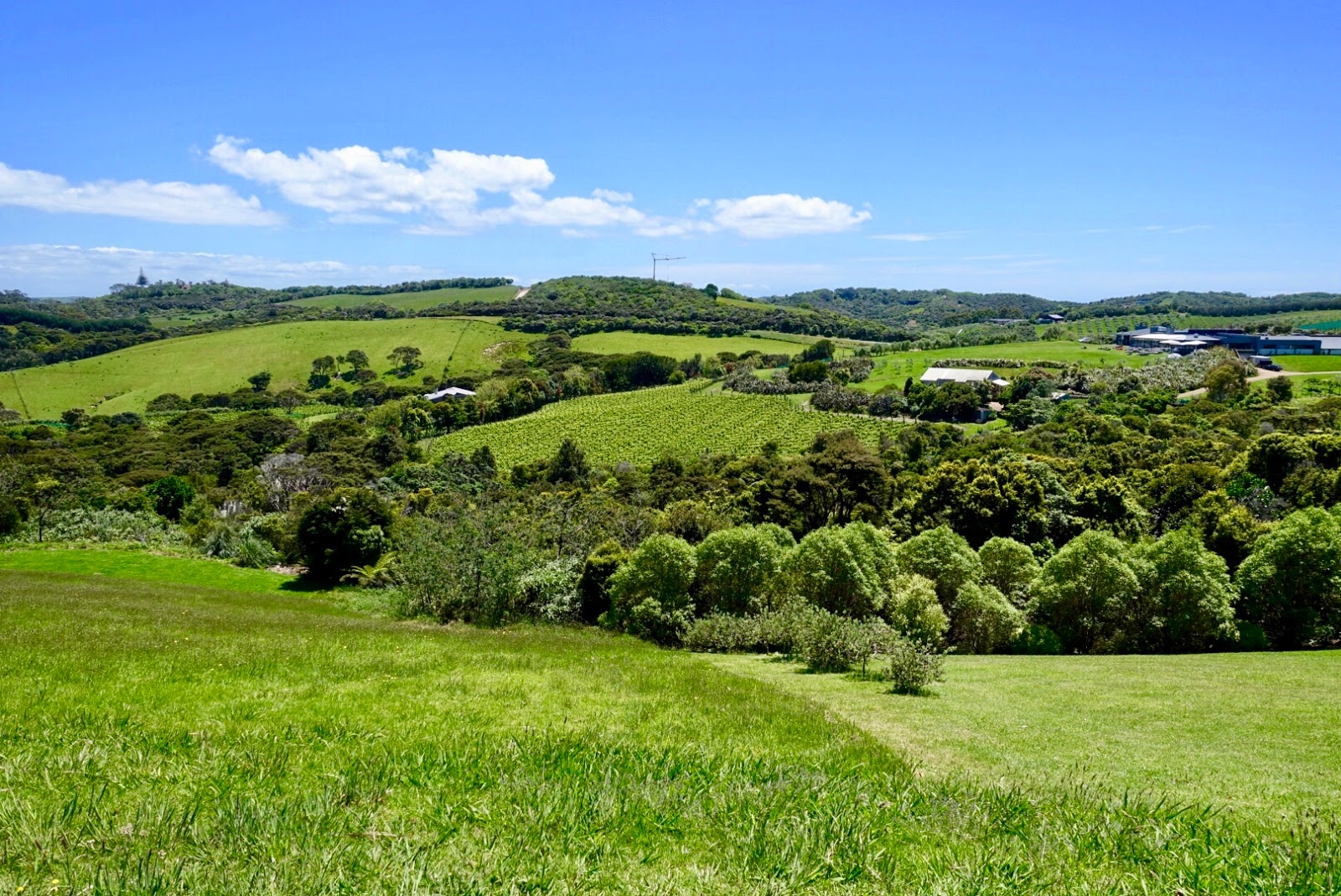

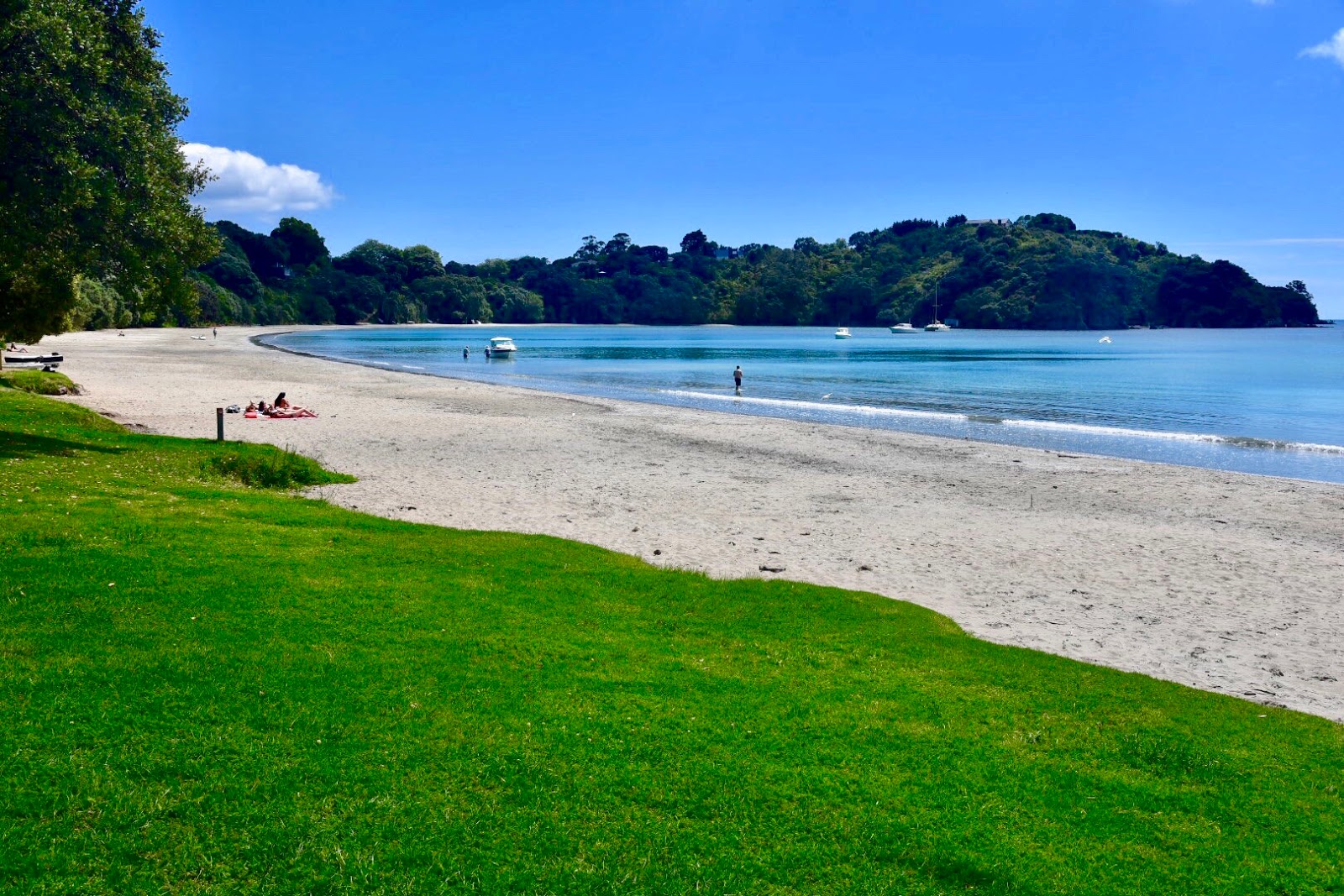
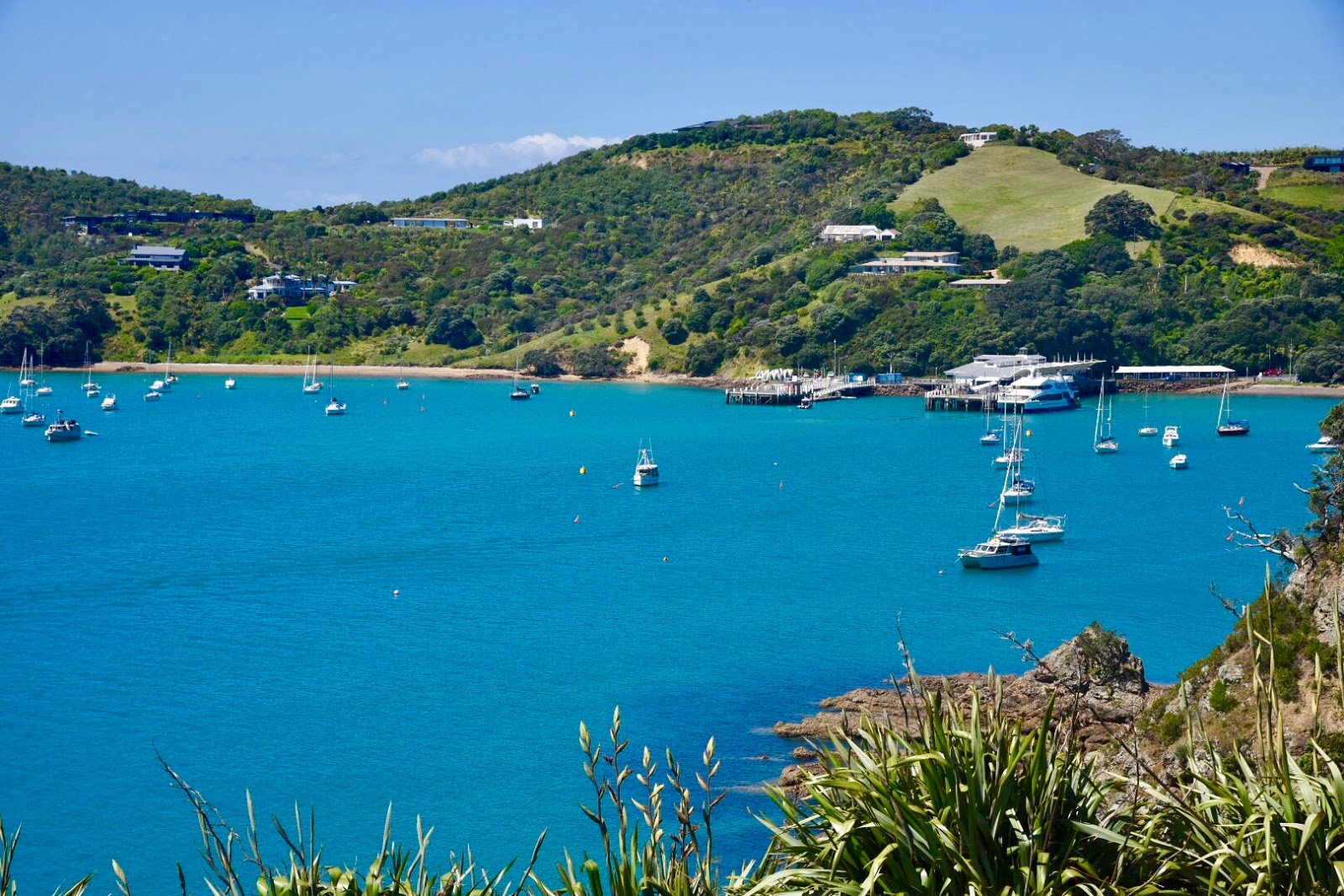
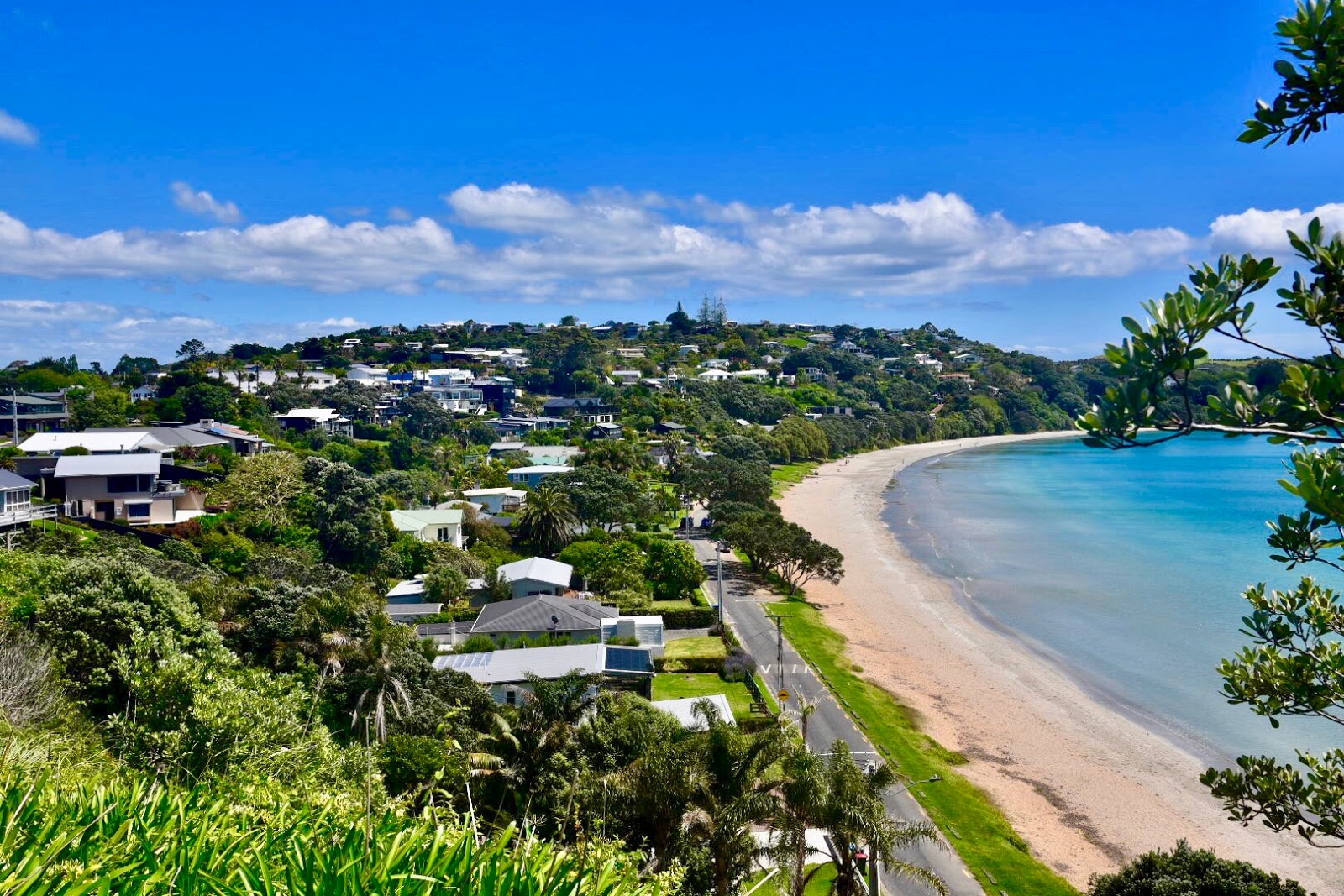

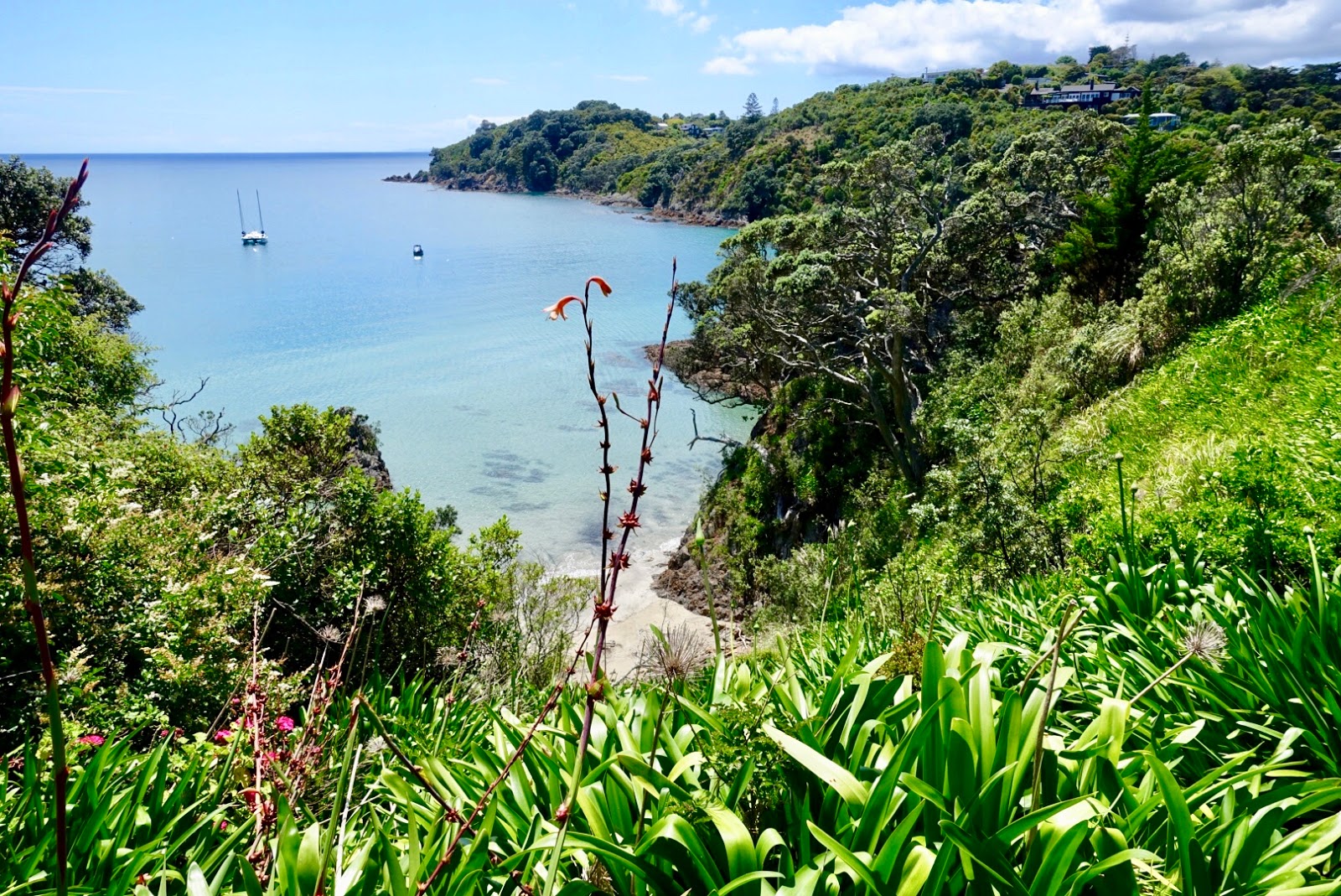

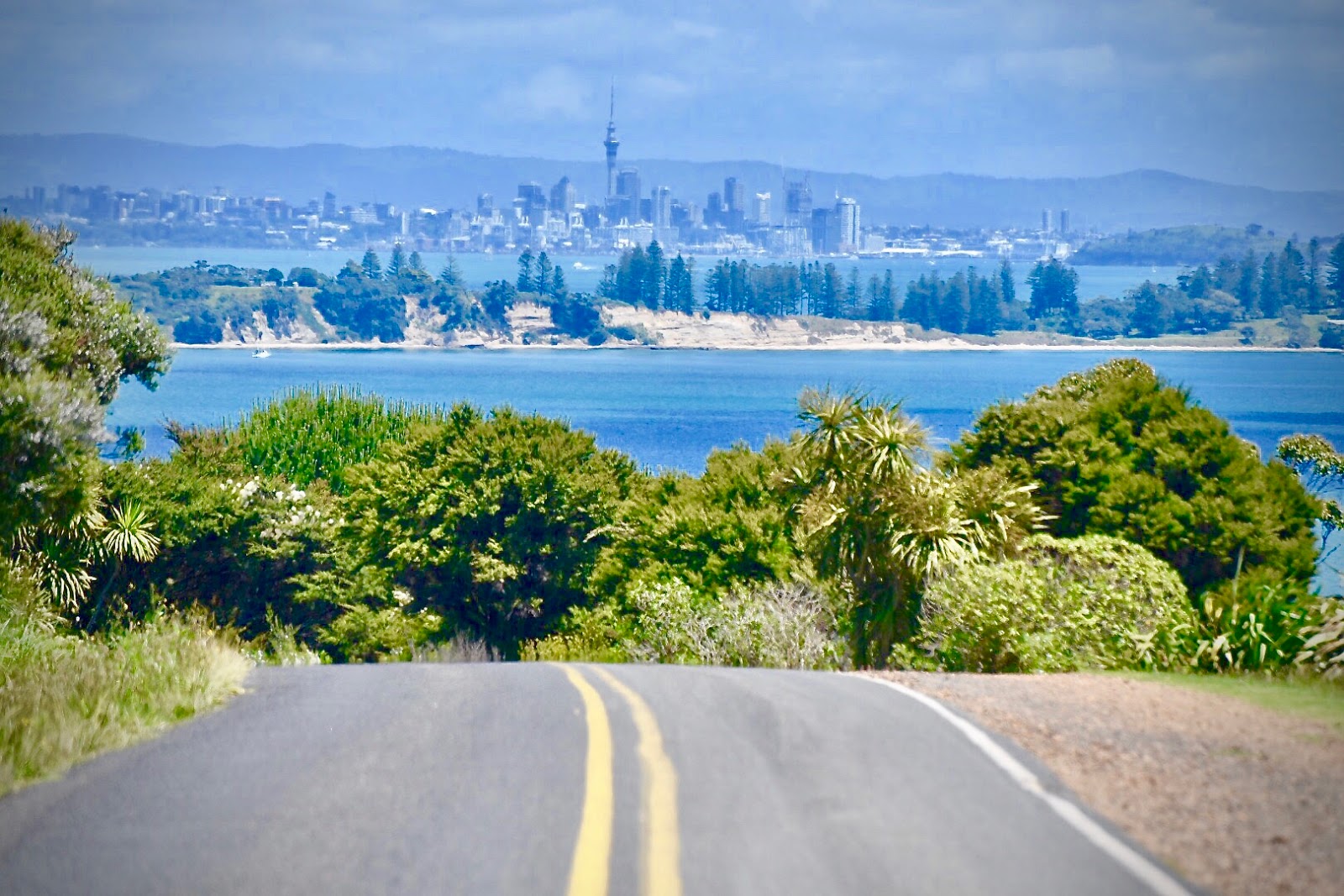
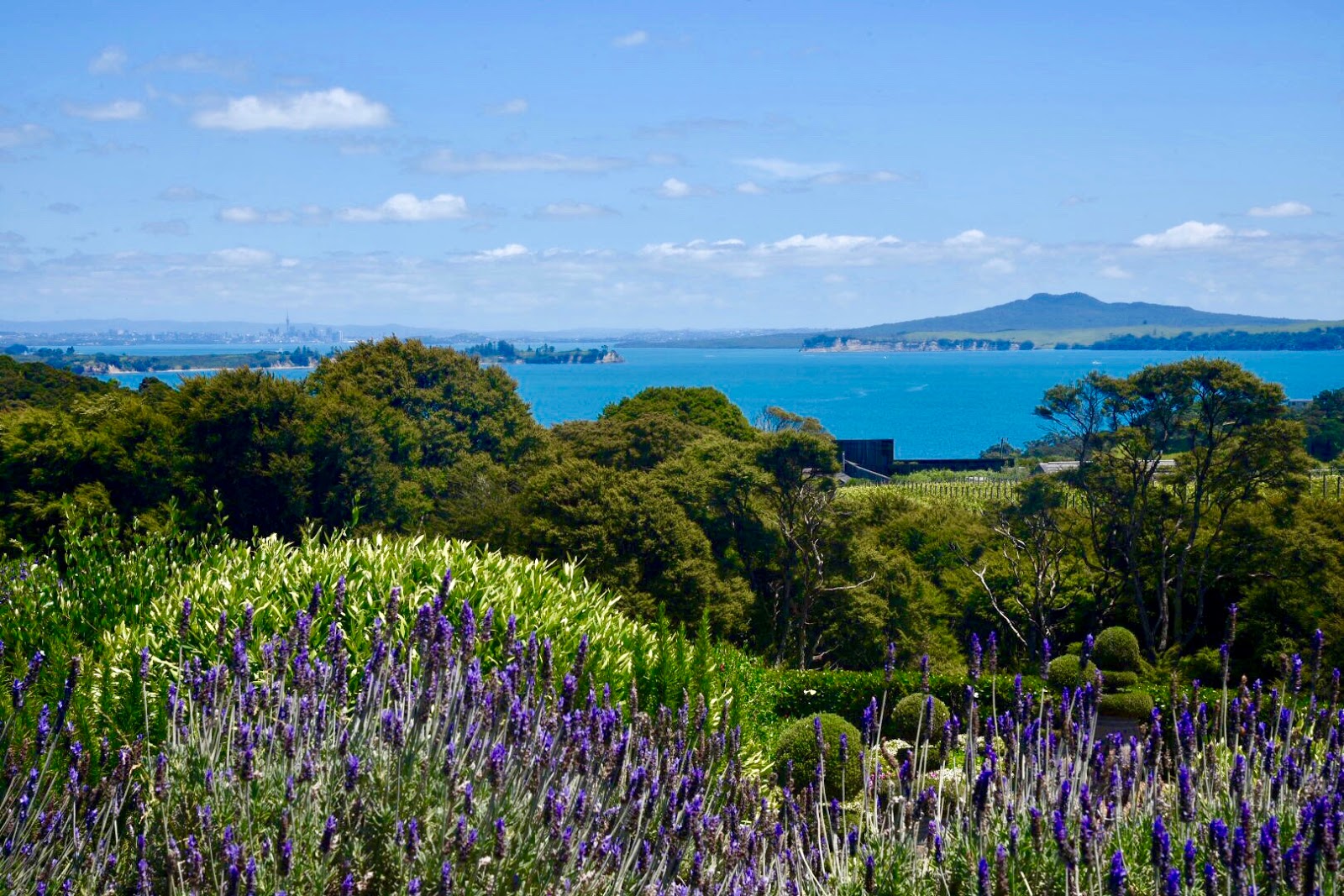




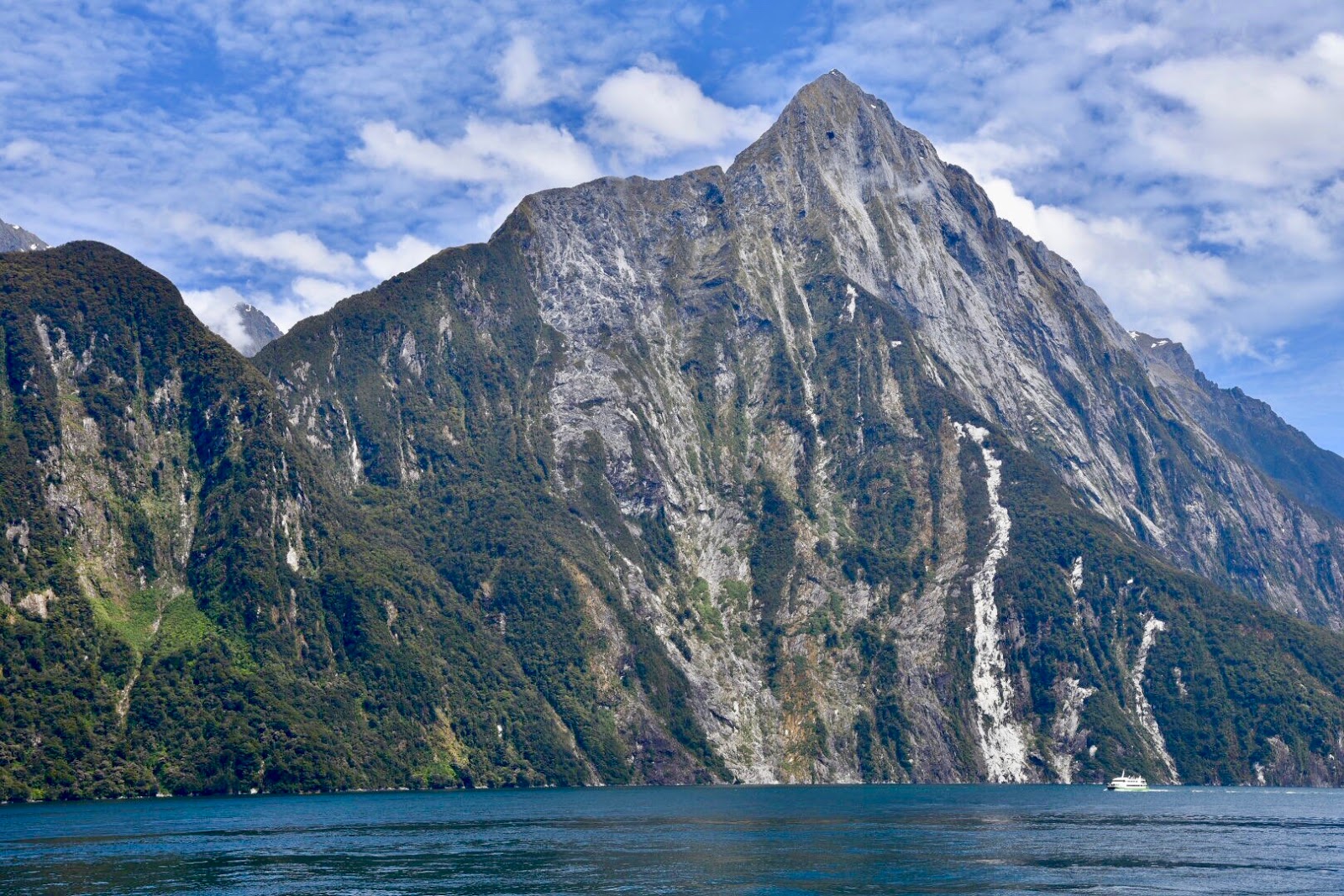

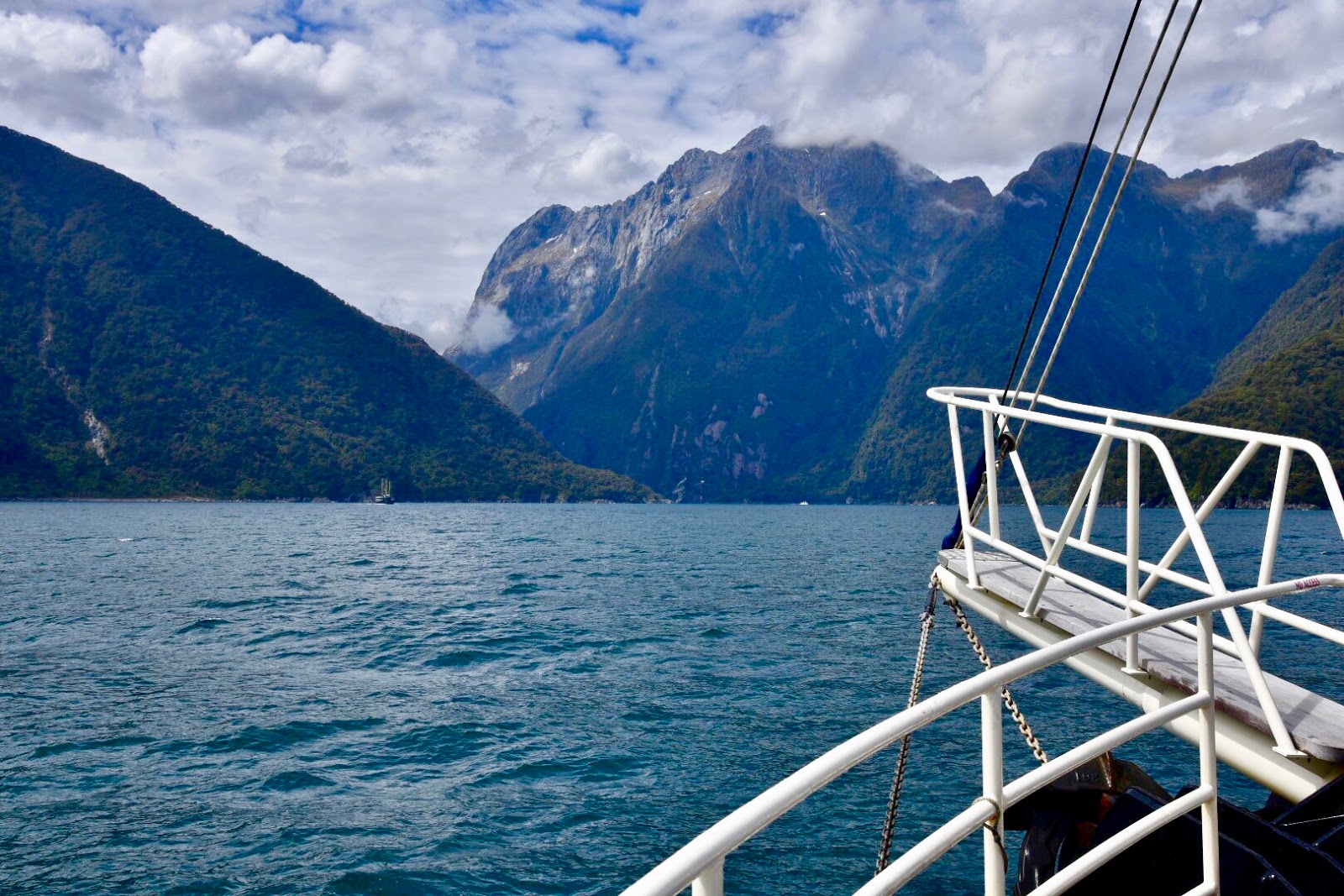

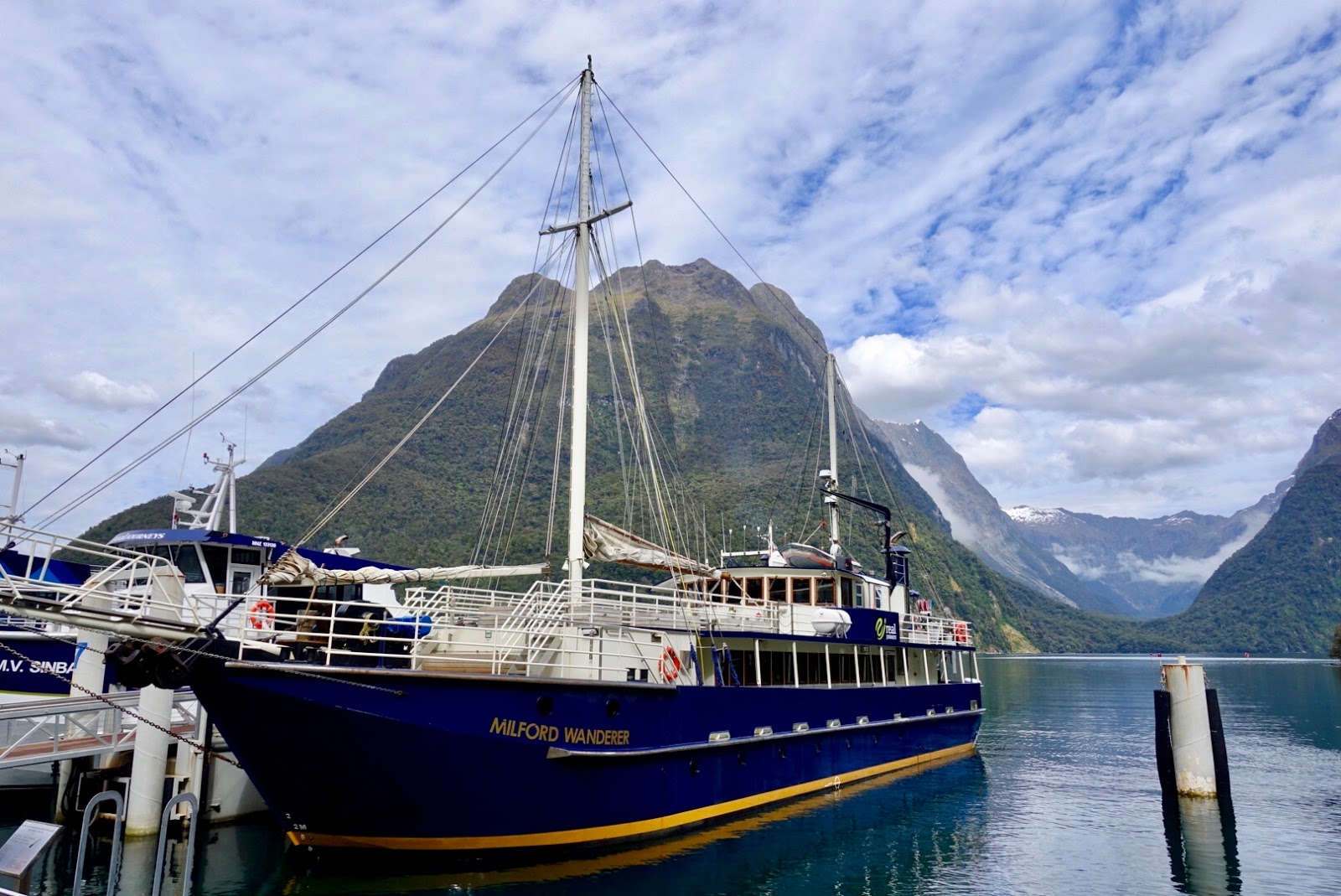
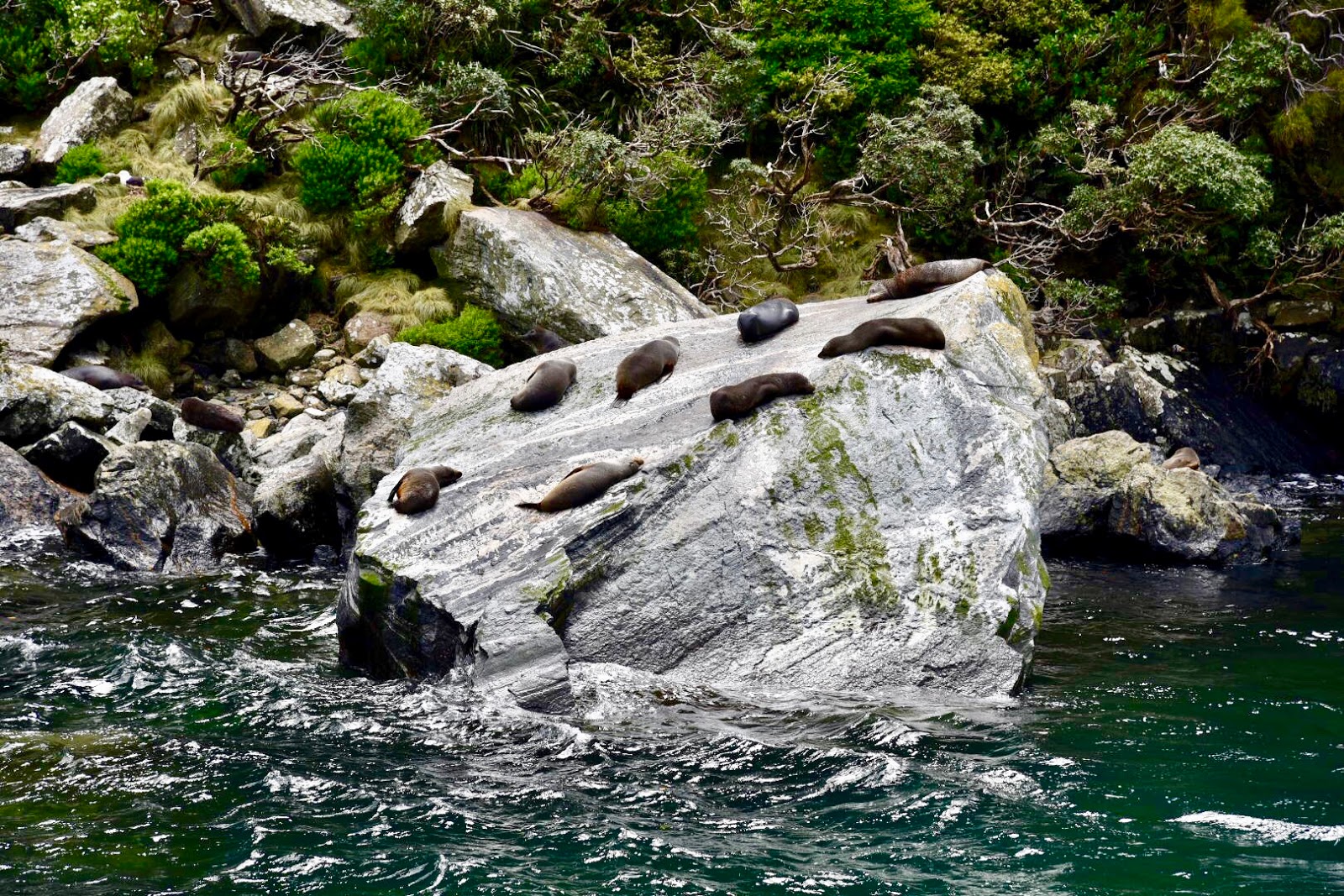
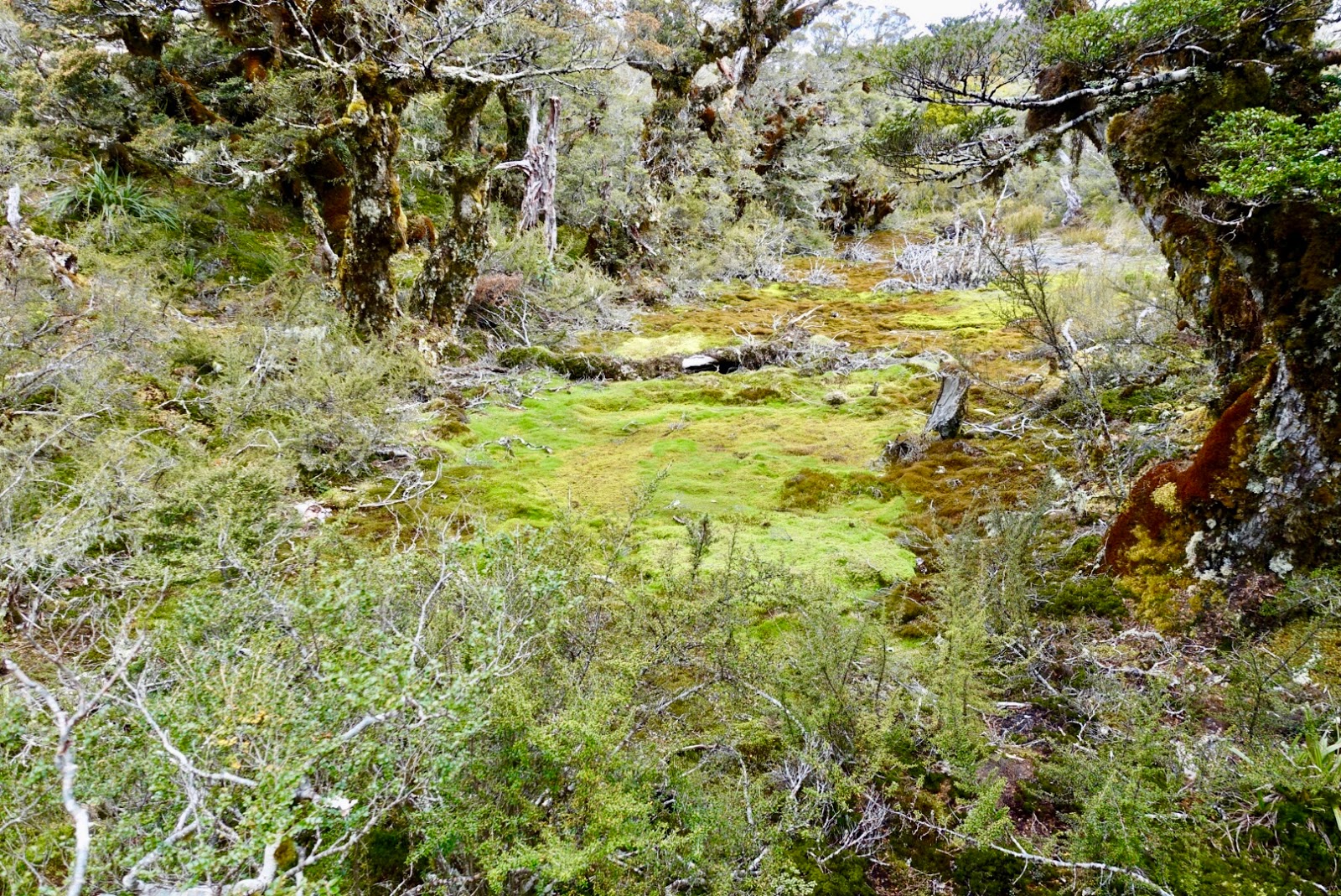
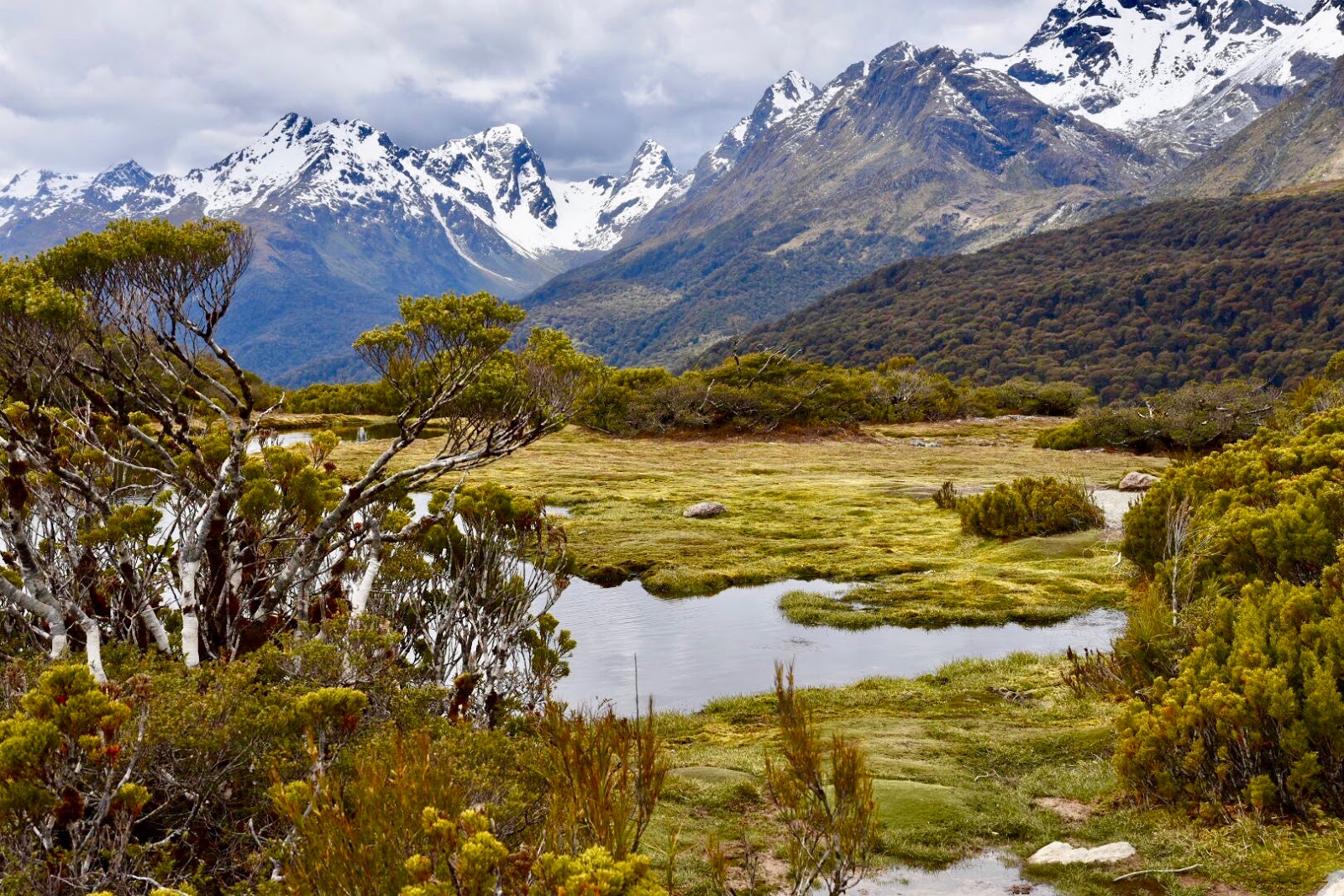

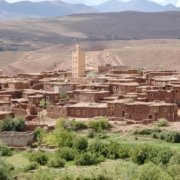
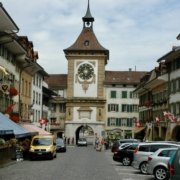
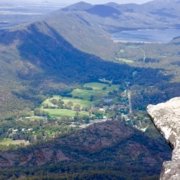
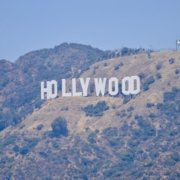
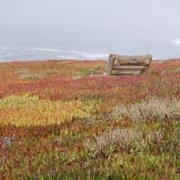
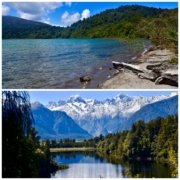


Leave a Reply
Want to join the discussion?Feel free to contribute!